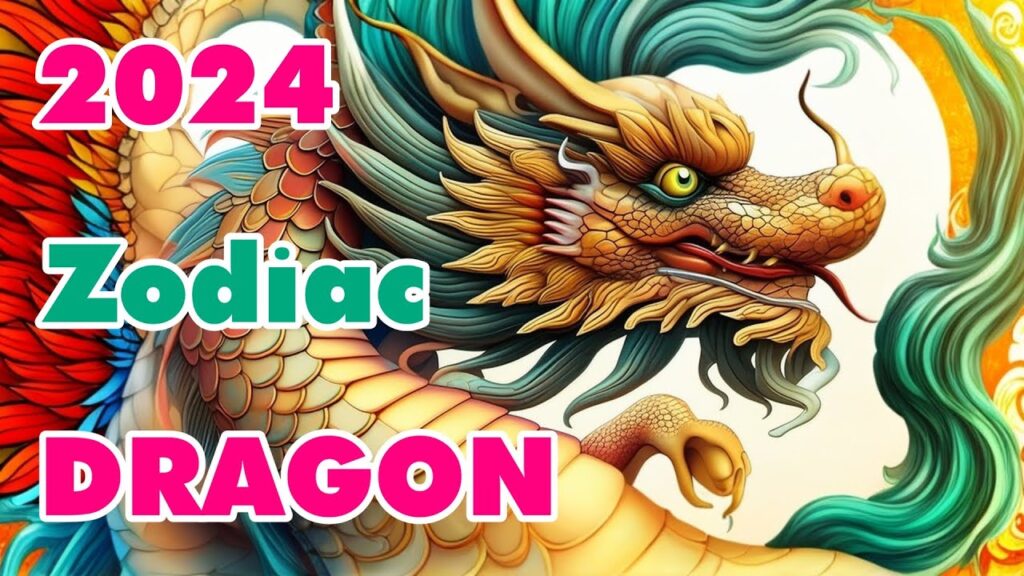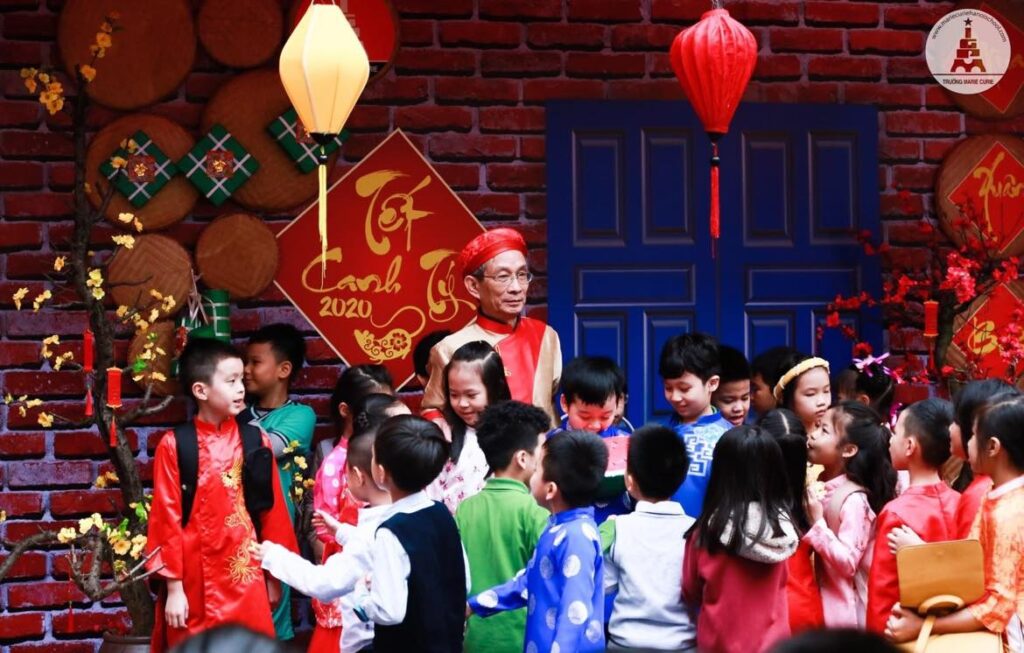Nội dung
At the same time that the Lunar New Year is drawing near in the year 2024, a surge of excitement and expectation is sweeping over Asia. It is about to be the beginning of the Year of the Dragon, which will bring with it a revitalized sense of hope, as well as energies that are full of joy and celebration. Let’s investigate the significance of the Dragon in the Chinese zodiac and delve into the various ways that the Lunar New Year is celebrated in different countries across the region, including China, Vietnam, Korea, and other countries.
Significance of the Dragon in the Chinese Zodiac

The Dragon is regarded as one of the most powerful and cherished symbols in the Chinese zodiac. Those who are born in the Year of the Dragon are seen to be ambitious, charismatic, and natural leaders thanks to the fact that they are supposed to represent strength, courage, and good fortune. In Chinese culture, the advent of the Dragon is a greatly awaited occasion due to its mythological and fortunate nature. The Dragon is the fifth sign in the twelve-year cycle.
Lunar New Year in China

The most important and frequently celebrated holiday in China is the Lunar New Year, which is often referred to as the Spring Festival. In China, the Spring Festival is another name for the Lunar New Year. On the eve of the New Year, families get together for a large reunion meal, during which they share traditional delicacies and exchange red envelopes, which are known as “hongbao,” which contain money to represent good fortune and wealth. The streets are brought to life with vibrant parades, dances featuring dragons and lions, and breathtaking displays of fireworks technology. The beginning of a new lunar cycle is marked by the adornment of temples with lanterns and the creation of a joyous environment through the incorporation of festive decorations.
Tet Festival in Vietnam

Tet is the name given to the Lunar New Year celebration that takes place in Vietnam. It is a time when families celebrate the arrival of spring and pay honor to their ancestors. Many weeks in advance, preparations are made, beginning with the cleaning of homes and the decoration of them with colorful flowers. During the time when people are saying goodbye to the previous year and preparing to welcome the new one, the air is filled with the sound of firecrackers. The preparation and consumption of traditional dishes such as banh chung, which is a square sticky rice cake, and gio lua, which is a Vietnamese pork sausage, are commonplace during family reunions. During Tet, the country is filled with a lively environment that is characterized by the presence of spectacular fireworks, dragon and lion dances, and festive parades among other activities.
Seollal in Korea

In Korea, the Lunar New Year is known as Seollal. During this time, families gather together to honor their ancestors through ancestral rites known as “charye.” Seollal is the name given to the Lunar New Year in Korea. Among the traditional practices that are observed include the preparation of tteok, which are rice cakes, the donning of hanbok, which are traditional garments, and the participation in traditional games. In the Korean culture, the practice of sebae, which involves bowing to elders, is a deeply meaningful ceremony that conveys respect and hopes for the next year. At the same time that families are coming together, lively celebrations, such as parades and cultural events, contribute to the spirit of celebration that is Seollal.
Celebrations of the Lunar New Year in Other Countries
The Lunar New Year is celebrated in a variety of ways around Asia, including in countries such as China, Vietnam, and Korea. Extensive parades, traditional performances, and vivid decorations are some of the ways that communities with Chinese origin celebrate the anniversary in countries such as Thailand, Singapore, and Malaysia. Every nation contributes its own distinctive cultural flavor to the celebrations, which results in the Lunar New Year being a festival that is really pan-Asian in nature.
Notes for Traveling during the Lunar New Year in 2024
Traveling to Asia during the Lunar New Year in 2024 offers a unique blend of advantages and challenges.
On the positive side, visitors can immerse themselves in the vibrant and culturally rich celebrations that define this auspicious period. The streets come alive with colorful decorations, traditional performances, and the infectious energy of festive parades. Engaging in local customs, such as receiving or giving red envelopes, adds a layer of cultural authenticity to the travel experience. Additionally, the festive atmosphere can create a sense of camaraderie among locals and travelers alike.
However, potential disadvantages include crowded transportation hubs and limited availability of accommodations, as millions of people embark on journeys to reunite with their families. Some businesses may close during the celebrations, impacting the availability of services. It’s crucial for travelers to plan ahead, make reservations well in advance, and be mindful of cultural sensitivities to ensure a smooth and enjoyable experience during the Lunar New Year 2024 in Asia.
Conclusion for Lunar New Year 2024: Year of Dragon
As the Year of the Dragon progresses, the people of Asia come together in jubilant celebration. They commemorate the Lunar New Year 2024 by participating in cultural rituals, getting together with their families, and expressing their excitement over the prospect of a successful and harmonious year ahead. For millions of people, the Lunar New Year is a genuinely unique and unifying experience because of the richness and diversity of the celebrations that take place across the continent. These celebrations reflect the shared values and traditions that have been passed down for generations.



